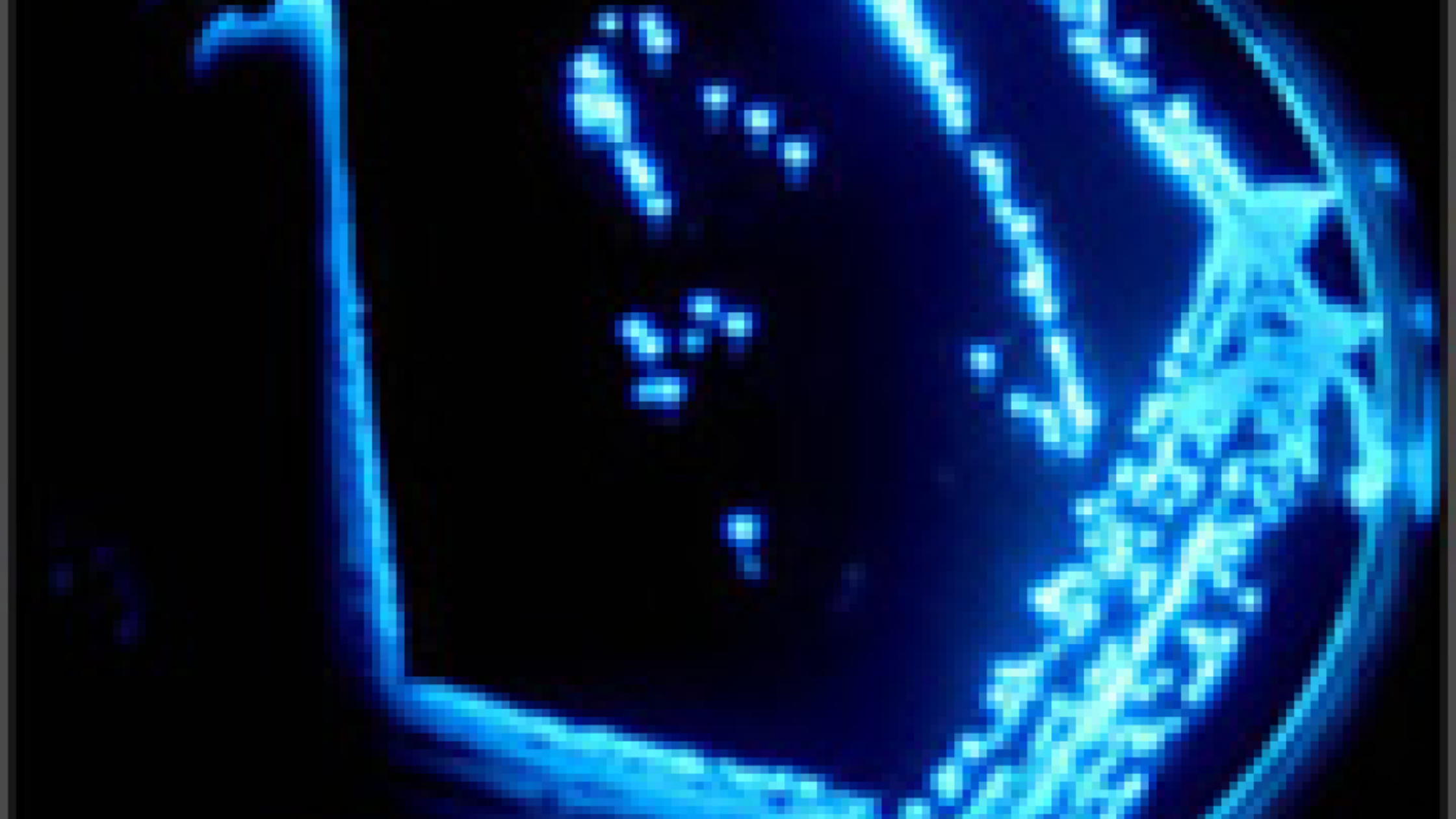In the deep, bioluminescent bacteria bloom bright
Imagine swimming to the bottom of the sea, the water growing impossibly deep and dark the farther you travel. At these depths, beyond the reach of the sun, live strange new sources of light. Fish, jellyfish, and even bacteria light up these midnight waters.
According to new research in PLOS ONE, the light of this deep-sea bioluminescence waxes and wanes with seasonal changes on earth’s surface. In the Mediterranean winter, cold winds cause surface water to cool. As the surface cools, it becomes denser than the water beneath it, and begins to sink. Convection can also cause this layer to expand, potentially extending it to the Mediterranean Sea’s basin floor. When these phenomena occur side by side, as they can in the northwestern part of the Mediterranean Sea, carbon matter from the surface circulates into deeper waters. Think of it as Nature’s way of stirring the pot.
This wintry stir spreads a wave of changing temperatures, water composition and organic matter into the depths of the ocean, which correlates with a burst of bioluminescence activity. Over the course of two and a half years, the researchers recorded two water stirring incidents, followed by periods of bioluminescent activity. In each instance, winter stirring resulted in bioluminescent blooms lasting several weeks in the following spring or summer.
That being said, this phenomenon is likely to change in the coming years. According to the researchers, as climate change continues to affect the sea, convection activity which helps stir the waters and introduce much-needed carbon to the deep sea may decrease by the end of the 21st century. In the meantime, it is important to document deep-sea activity to better understand any actual or forecasted changes.
Citation: Tamburini C, Canals M, Durrieu de Madron X, Houpert L, Lefèvre D, et al. (2013) Deep-Sea Bioluminescence Blooms after Dense Water Formation at the Ocean Surface. PLoS ONE 8(7): e67523. doi:10.1371/journal.pone.0067523
Image: Biolumplate, from Wikimedia Commons.

